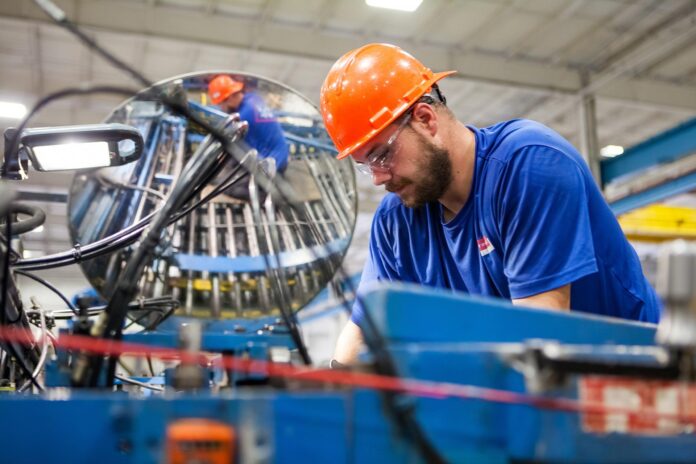Leading manufacturers are prioritizing human-and-machine interaction to remain competitive. To remain ahead of the competition, manufacturing enterprises are introducing automation to handle simple, repetitive tasks and track data.Copy HTML Copy text
Augmented reality (AR) is an already recognized technology, which uses computers, sensors, and cameras to display digital images in the real world. AR has the potential to revolutionize manufacturing by enabling a range of connected machines to work together as a whole. Augmented reality could enable manufacturers to not only predict and prevent accidents, but also to train workers in complex tasks risk and error-free. The following are examples of how Augmented Reality could be used by manufacturers and testing like factory acceptance test.
Examples of augmented reality in the manufacturing industry
Prototyping
Using digital models shortens the product creation process. Substituting physical prototypes (often costly, time consuming, and inconvenient to update once changes to the project are deemed necessary) gives designers a powerful tool to display the potential and qualities of a new product. The AR model can successfully present the functioning and operations of a newly created product or machine, showcasing how the end-product will look like. Using AR models gives a better understanding and feel of the product in comparison to traditional CAD models.
Training
Augmented reality allows to substitute the traditional classroom training model with convenient digital learning. Once tutorials are uploaded to the AR platform, trainees can access the material and learn without the direct supervision of instructors. The system gathers data on progress, assigns further lessons, and, if necessary, suggests retrying of particular sections. Trainee’s data are automatically turned into reports for supervisors, allowing convenient assessment of the competency building process. No classrooms or paper manuals are necessary, as augmented reality allows for convenient hands-on training, reducing also the workload of trainers.
Predictive maintenance
Augmented reality allows for ongoing supervision of equipment and machinery in service. The technology enables assessment of machine’s conditions, tracking its health indicators and status, and determining when maintenance needs to be performed. All without halting the machine’s operations. Controling the operations of working machinery allows for reducing costs and securing continuity of operations thanks to avoiding breakdowns. Predictive tools are an ally to manufacturing enterprises, contributing to the continuous production flow without abnormalities and disturbances.
Augmented reality in manufacturing benefits
Augmented reality improves the manufacturing process in a comprehensive manner. It does so by reducing training time, streamlining operations, and, as a result – reducing costs. Using augmented reality accelerates processes in every field of the manufacturing industry.
AR can increase production speed and quality
Digital tools (nsflow.com) can streamline manufacturing processes by enabling a self-learning system to determine the best way to produce a product or perform a task. Augmented reality can enable digital systems to obtain accurate data in real time, automatically and unsupervised. This could enable self-learning systems to be used in manufacturing facilities by giving them the ability to detect patterns and anomalies that otherwise would go undetected. Algorithms carry a great accuracy in detecting undesired activities and abnormalities, which when carried out by humans can be mundane and error-prone due to repetitiveness. Augmented reality technology could be used to monitor and train employees in complex tasks. With the supervision of digital tools, technicians can conveniently learn on-site, with a fewer contribution from instructors.
Augmented reality is a constantly growing technology and its impact on manufacturing processes will become only stronger. Employing digital solutions enables enterprises to stay ahead of the competition and maintain the highest quality of performed operations.
















